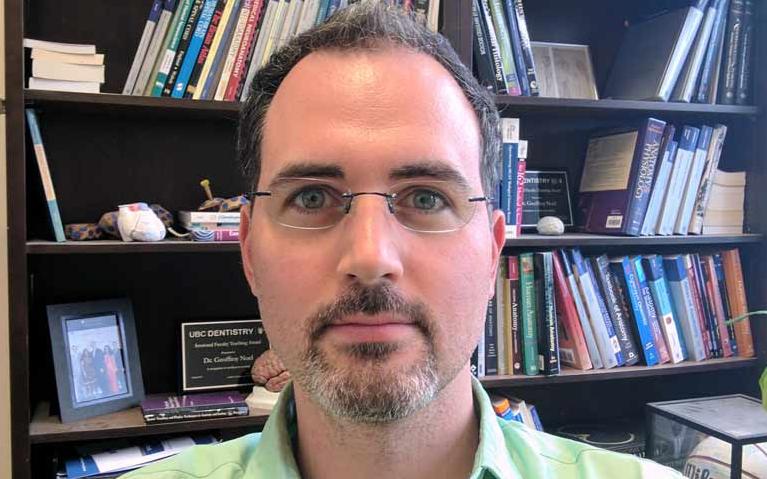ECM-receptor interactions regulate the distribution of Kir4.1 and AQP4 channels in renal tubules and at the blood-brain barrier (2013)
Osmostasis relies on the efficient and selective transport of molecules across barriers, often in a directional manner and this, in turn, is dependent on the asymmetric arrangement of channels within the cells comprising the organs that regulate these processes. The primary aim of this thesis is the identification of the extracellular matrix-receptor interactions important in the generation of polarized channel distribution in two such organs, the kidney and the blood-brain barrier. In the first study, we investigated the involvement of fibronectin and laminin in the basolateral localization of Kir4.1, an inwardly-rectifying potassium channel, and aquaporin-4 (AQP4), a water-permeable channel, in polarized Madin-Darby canine kidney (MDCK) cells. We determined using a variety of approaches that laminin-1 and fibronectin, when present in the culture substrate, significantly stablize both channel types at the basolateral surfaces of these cells and accordingly induce their increased expression within this membrane domain without requiring a concomitant upregulation of de novo channel synthesis. We also show that the coexpressed laminin receptor dystroglycan (DG) is important for cell surface expression of Kir4.1 but not AQP4, and demonstrate via the use of disintegrin peptides and function-blocking antibodies that their cell-surface expression and stability is also partly reliant on integrin receptors, with αvβ3 being particularly important in the case of the latter. In the second study, we examined the possibility that laminin-dystroglycan binding is involved in the regulation of AQP4 turnover in astrocytes. We first determined that laminin, when applied to primary astrocytes in culture, causes AQP4 amounts at the plasma membrane to increase in a DG-dependent manner while depleting the channel from intracellular sites, brought about by the suppression of channel endocytosis. We then showed that DG binds to inactive dynamin, and that the latter, when freed from this inhibitory influence, functions in cooperation with clathrin to mediate the rapid internalization of AQP4. Finally, we demonstrated that laminin selectively upregulates the cell-surface expression of the M23 isoform of AQP4 only. Our findings therefore reveal that, through their roles in establishing the microscopic architecture of these systems, the extracellular matrix and cell-surface receptors are critical determinants in osmoregulation
View record

